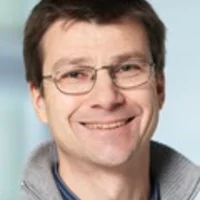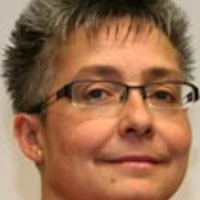The setting of PSI is unique: Peacefully grazing cattle on the green meadows of the Argovian landscape provide the distinct scenery outside the auditorium, while inside 200 scientists from all over the world present and debate today’s most precise particle-physics experiments.
The acronym PSI stands here both for the topic of the workshop — the Physics of fundamental Symmetries and Interactions — as well as for its venue, the Paul Scherrer Institute. For already the fifth time since 2007, many of the world-leading collaborations met to discuss the progress and results in fundamental low-energy physics at the precision and intensity frontier. The programme covered projects using probes ranging from muons and pions to antiprotons and ultracold neutrons, as well as atomic and molecular precision experiments and corresponding theory topics.
The strategy and success of the workshop was based on the selection of a distinct mix of 60 plenary talks reviewing subfields and presenting new results. Parallel sessions were avoided; instead, a high-calibre poster session featuring 80 contributions, BBQ and drinks provided the ambience for engaged scientific discussions.
An important topic was charged lepton flavour violation, which was presented in an overview talk covering muon-decay experiments at the main muon facilities worldwide. The anomalous magnetic moment of the muon (g-2) still causes considerable headache due to its persistent tension with the Standard Model. The anomaly was discussed in several presentations, including theory ones, especially in light of the new experimental precision result on the fine structure constant and the appearance of an — albeit small — deviation from the Standard Model also in the electron (g-2) measurement.
The hot topic of the last years, the proton radius puzzle, again featured prominently. The mystery appears to be closer to a solution now, as new results from electron scattering and from several — but not all — new precision spectroscopy measurements with ordinary (electronic) hydrogen appear to confirm the result obtained from muonic-hydrogen spectroscopy.
New measurements from the antiproton facility at CERN, using antiprotons and antihydrogen, were presented, setting a new precision level on particle properties and CPT tests. Also electric dipole moments (EDM) were a prominent topic, with two recent results based on experiments with Xe-129 atoms. An overview of the worldwide activities on neutron EDMs included reports from selected experiments. In particular, the perspectives of molecular techniques were highlighted in the context of electron-EDM and future nuclear-EDM measurements.
In addition to the EDM, various topics of fundamental neutron physics were covered, most notably new impressive results of neutron-decay correlations and the recent worldwide discussion on discrepancies in measured values of the neutron lifetime. While the new high-precision measurements from Los Alamos and ILL using stored ultracold neutrons and measuring neutron disappearance confirm the lower value of the lifetime, the result of the cold neutron beam experiment, which measures the decay rate of neutrons to protons, remains at a lifetime that is several standard deviations longer. In addition to possible systematic effects of the experiments, other explanations involving non-standard physics were discussed. Whereas most dark decay channels have been ruled out by now, a possibility that is not yet completely off the table involves neutron to mirror-neutron oscillations.
Further topics included searches for dark matter, with axions and ALPs being covered from the theory and the experimental side, emphasizing searches with low-energy precision experiments. Moreover, time measurements with a stunning 18-digit precision optical-lattice clock were presented, reaching sensitivities to test general relativity and to search for exotic physics in the lab. Finally, several efforts using exotic atoms for precision tests of QED, parity violation and CPT completed the picture.
At the workshop dinner with traditional Alphorn music and Swiss-style raclette the participants were humorously reminded by the eminent neutron physicist Geoff Green why doing precision experiments again and again is justified and why measuring zero with always higher precision can be one of the most important endeavours.
Outside the regular workshop program, participants seized the opportunity to visit the world-leading high-intensity muon and ultracold neutron facilities at PSI. As the workshop neared its end, there was the overall agreement that 2022 will see the next meeting in the PSIxxxx series, with new and exciting results to be expected — and again against the backdrop of peacefully grazing Swiss cattle.


